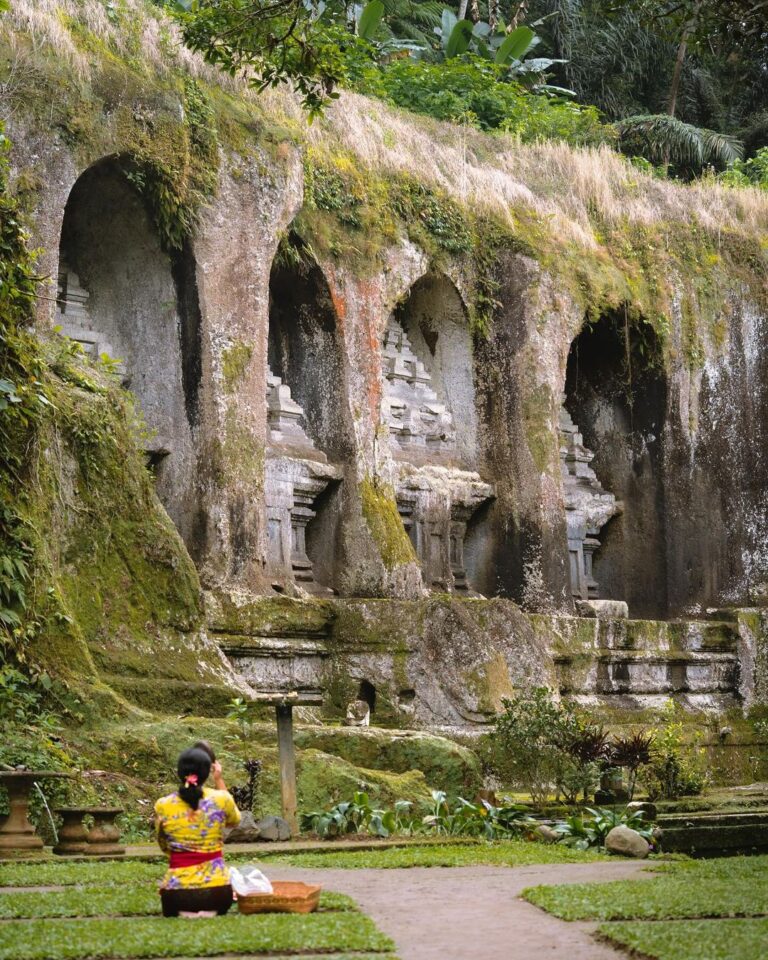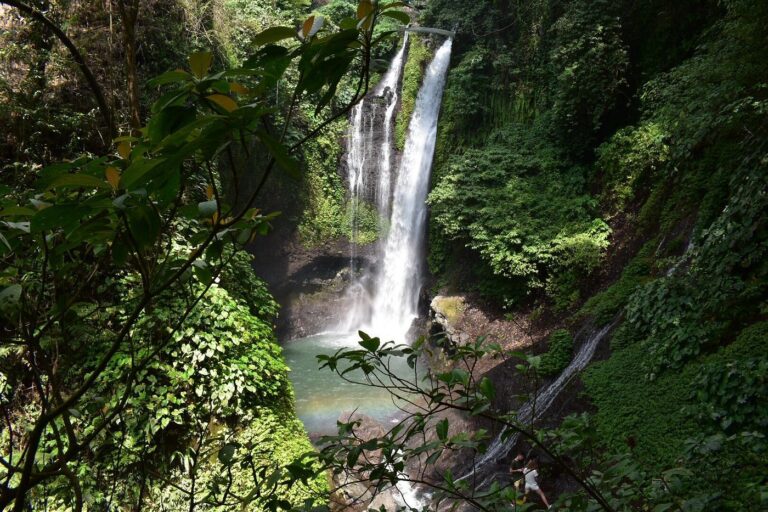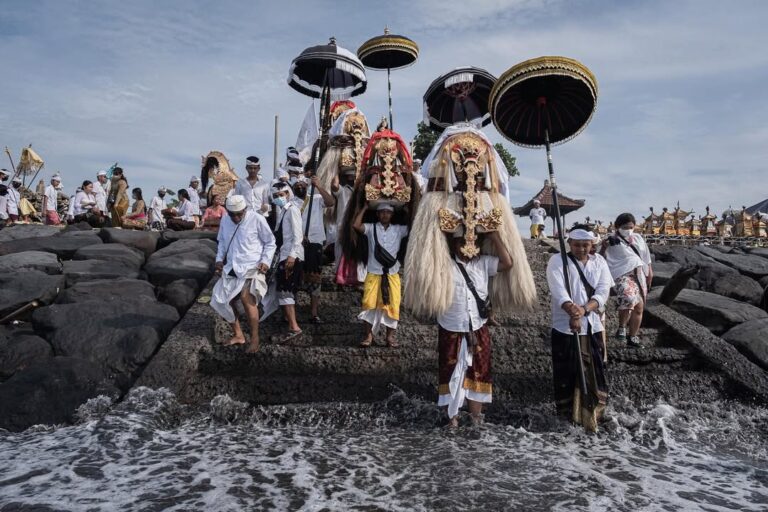Bali, an Indonesian island paradise known for its stunning beaches, vibrant culture, and deep spirituality, boasts a history as rich and captivating as its landscapes.
Let’s delve into the fascinating timeline of this “Island of the Gods”, from its prehistoric whispers to its role in modern Indonesia.
Archaeological whispers suggest Bali was inhabited as early as 2000 BC by Austronesian people. Stone tools unearthed near Cekik village hint at their presence.
Mythology paints a fantastical picture, with the epic Hindu poem Usana Bali describing the island’s creation by the god Indra.
Bali’s earliest kingdoms emerged around the 1st century AD, likely influenced by Hinduism filtering in from mainland Southeast Asia.

(Photo by : Agung Parameswara)
The 14th century witnessed a turning point. The powerful Majapahit Empire, a Hindu-Buddhist kingdom from Java, established a colony in Bali.
This era saw a surge of Javanese immigration, profoundly impacting Balinese culture.
Hinduism flourished, inspiring magnificent temples like Besakih, the “Mother Temple,” and the intricately carved masterpieces of Ubud.
Balinese art forms, dance, and literature blossomed under Majapahit’s influence, forming the bedrock of the island’s unique identity.
The 16th century ushered in a period of change. With the rise of Islam in Indonesia, Majapahit crumbled, and Bali became a refuge for Hinduism.
Some scholars believe this period saw an influx of Javanese aristocracy fleeing Islam, further strengthening Hindu traditions.
Bali remained fiercely independent, a collection of Hindu kingdoms that thrived for centuries.
However, the arrival of Europeans in the 16th century marked a new challenge. The Dutch, seeking control of the spice trade, set their sights on Bali.
A brutal colonial struggle ensued, culminating in the Dutch subjugation of the island in 1908.

(Photo by : Aleksandar Pasaric)
The 20th century saw another crucial chapter unfold. As Indonesia fought for independence from Dutch rule, Bali played its own role just like other locales in the archipelago.
The infamous “Puputan“ (ritual suicides) sporadically performed by Balinese royalty as far back as 1849, rather than surrender to the Dutch, became a potent symbol of Indonesian resistance.
Following World War II and Indonesia’s declaration of independence in 1945, Bali initially joined the State of East Indonesia, a provisional government established during the revolution.
However, by 1950, Bali, along with other states, officially joined the Republic of Indonesia. Since then, Bali has emerged as a global tourist destination, while carefully preserving its rich cultural heritage.
Bali’s story extends far beyond its picture-perfect beaches. It’s a testament to the enduring human spirit, a land shaped by ancient myths, powerful empires, and unwavering resilience.
As you explore Bali’s vibrant culture, witness its captivating dance performances, or marvel at its magnificent temples, remember the echoes of the past that continue to resonate within this remarkable island.

(Photo by : Joe Fikar)




